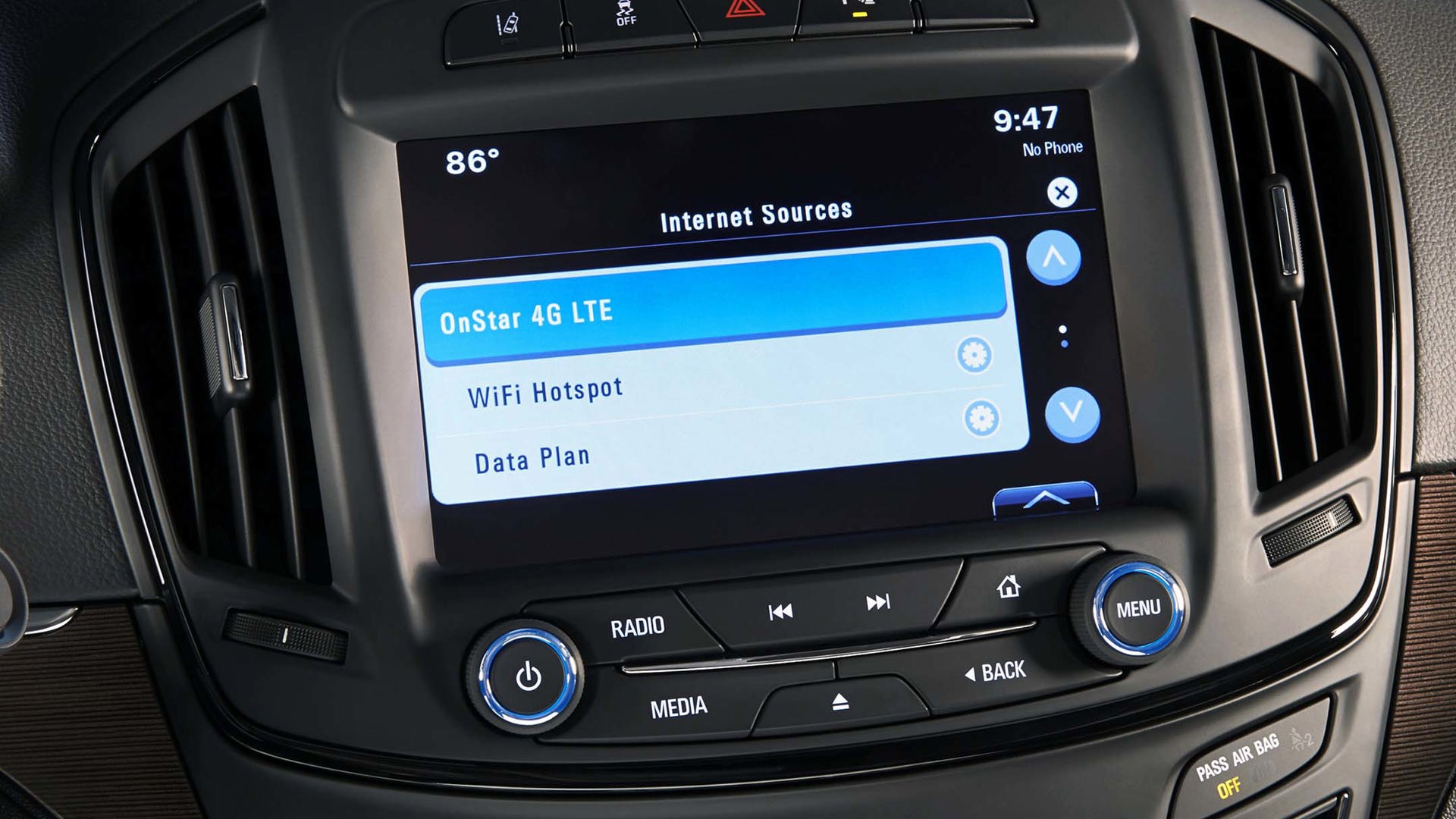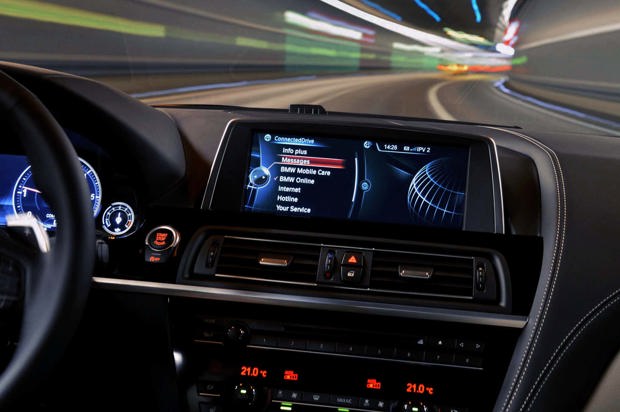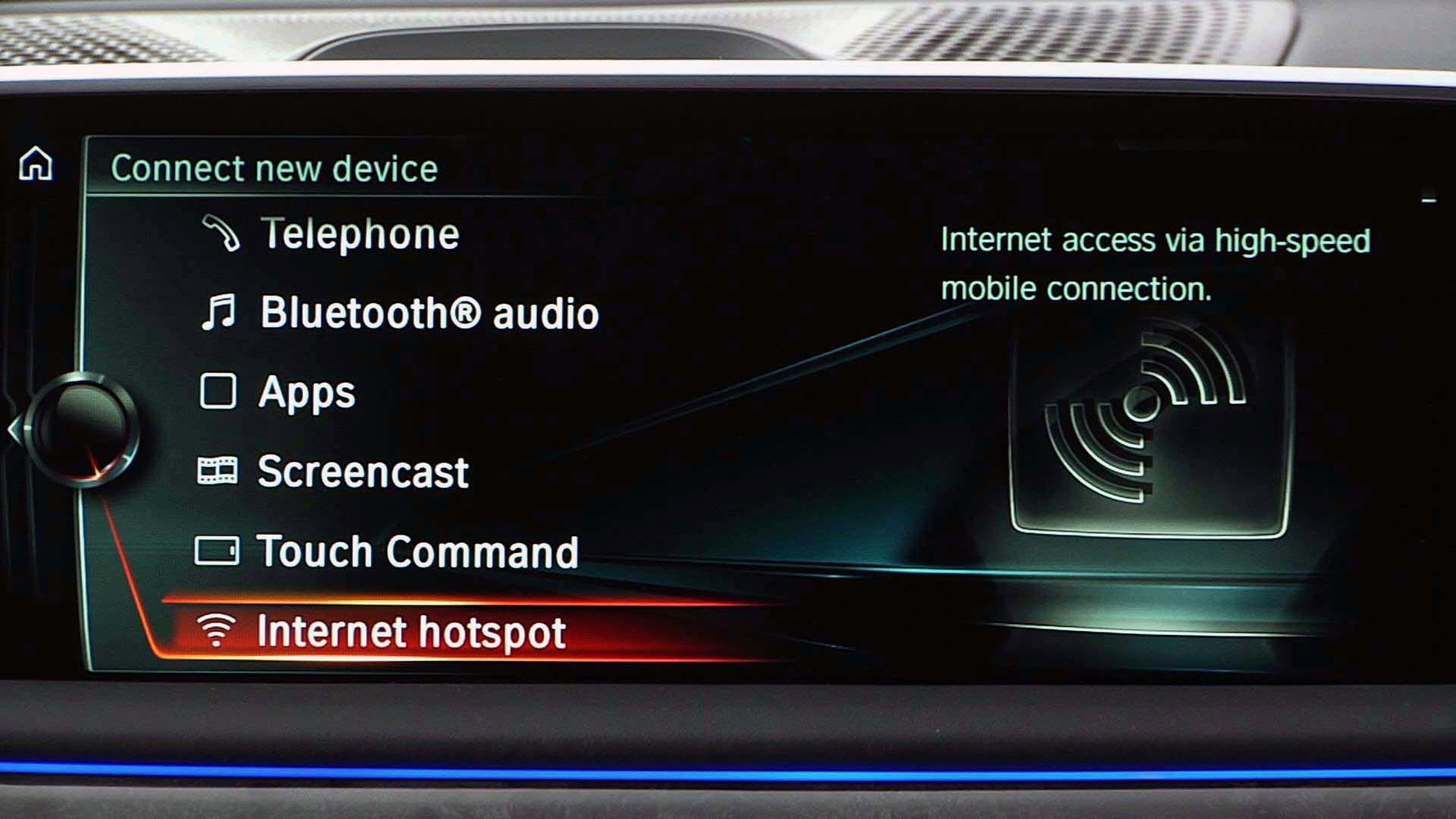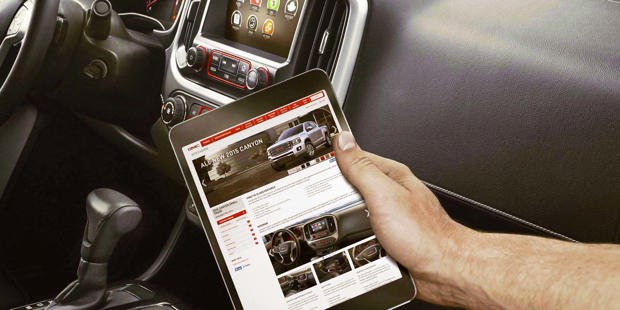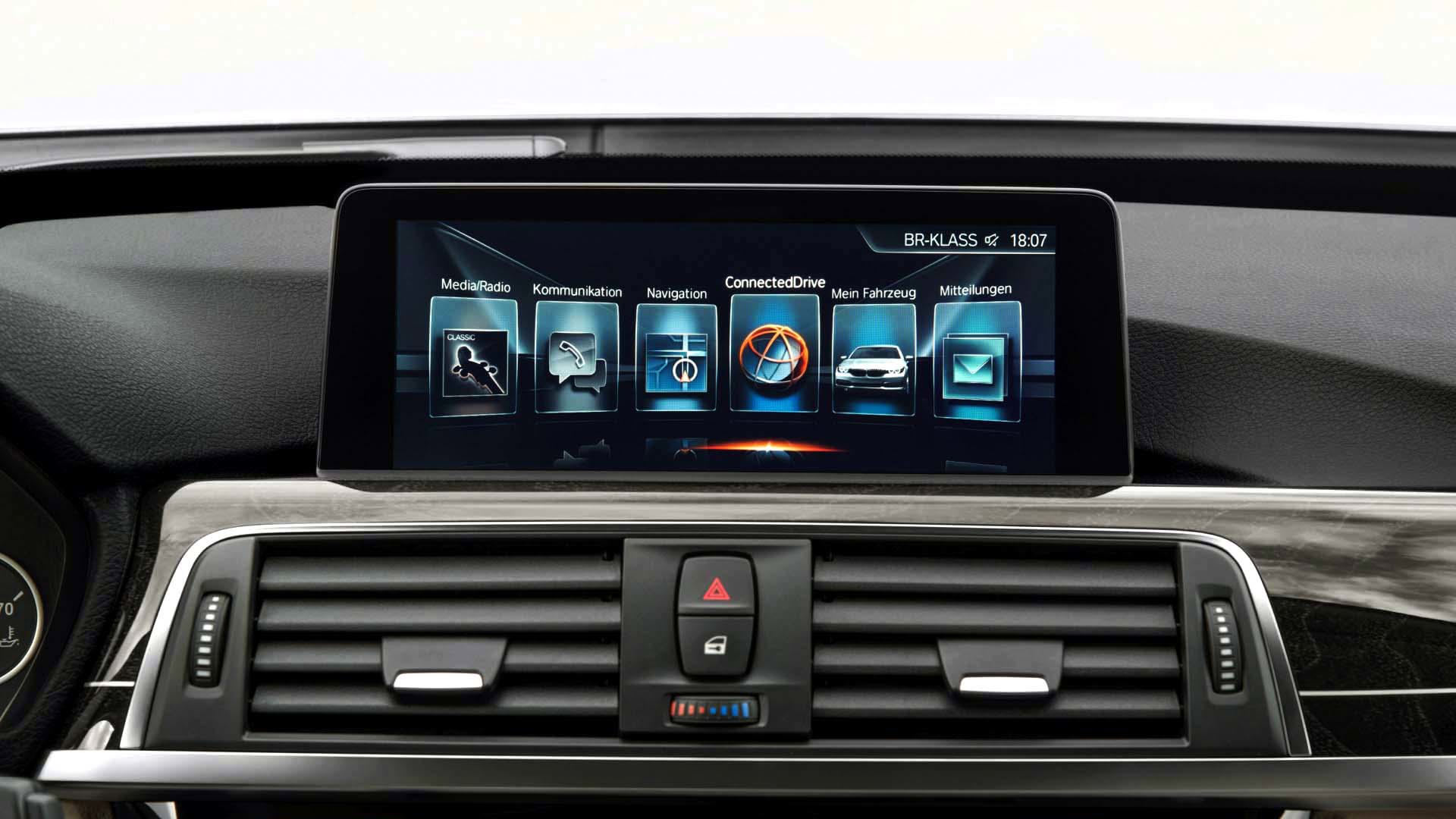In-car Wi-Fi connectivity has been one of the most prominent additions to any automaker’s slate of features over the past five years, with companies ranging from Ford to General Motors to BMW all making some type of internet-on-the-go a prominent part of their marketing efforts. Still, despite this push to digitize the daily commute, Canadians have been slow to embrace the idea of transforming their vehicle into a hotspot: as of June 2017, only two-thirds of cars and trucks sold in the country are equipped with any kind of connected or telematics feature, compared to three-quarters in the United States.
There are two likely explanations for Canada’s lower adoption rate as compared to its more populous neighbour to the south. The first being that with a few exceptions – General Motors with its “Wi-Fi all the things” mentality being the most notable – in-car internet is typically only available on vehicles featuring high-end infotainment systems. This wipes out the more affordable end of the market, where many Canadian buyers are shopping.

More to the point, however, is the question of practicality. Canadians, facing some of the highest data charges in the world, simply aren’t all that enthused by the idea of adding yet another monthly bill to the stack on the table. Although in-car Wi-Fi often comes with a free trial period (usually lasting three months, although some companies such as Ford and General Motors impose a data usage limit as well), once you’re past that a recurring subscription is required to continue taking advantage of the feature. This is where things start to get complicated, and where the high cost of Canadian data begins to push automotive hotspots out of the conversation.
Before delving too deeply into the economics of in-car Wi-Fi, it helps to take a look at what might make this feature appealing in the first place. The main strengths of using your vehicle as a Wi-Fi hotspot primarily have to do with convenience. The technology itself is “always on” as long as the vehicle is running; it is able to use a larger antenna than a standard mobile device (which can give it an advantage in areas where cell signals are weaker); and there’s no question that being able to connect a child’s tablet to the internet can make for a more peaceful road trip for everyone involved.
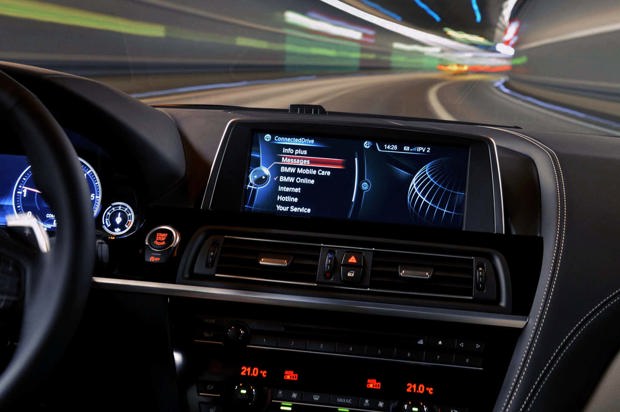
There’s also the smoother integration of various vehicle-related features, including media streaming, shopping and dining services, and other info-related systems that were designed to rely on an internet connection (although as some BMW owners have discovered, for example, their implementation in Canada is often patchy due to technological limitations, restrictive partnership agreements with mobile carriers, and regulatory issues).
One thing you may have noticed about the above benefits is that almost every one of them – with the exception of the big antenna – holds true with a standard mobile phone serving as the hotspot itself. Virtually every smartphone sold in Canada can be used to “tether” other devices to it in order to share its connectivity, without the requirement of an extra monthly subscription attached to a giant piece of hardware that spends the vast majority of its lifespan sitting in the driveway or parking lot.
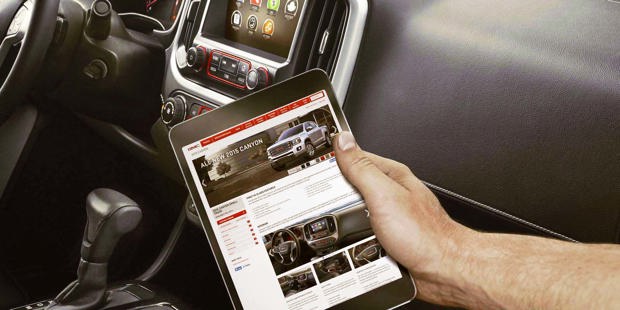
While in tethering mode, the full functionality of most devices also remains available to you (which means you don’t have to decide between taking that call or keeping junior engrossed in Dora the Explorer), and whether plugged in to a USB port or placed on a wireless charging pad, the extra use won’t sap your battery.
In Canada, it’s possible to snag a Wi-Fi plan from the following brands: Fiat Chrysler, all GM badges (with an active OnStar subscription), Ford, Lincoln, BMW, Audi, Volvo, and Mercedes-Benz. The cost for making your car a digital citizen varies from one automaker to the next, but in general it’s not egregious for occasional users, with GM’s 4G LTE plan offering a $15/month tier that allows for one gigabyte of data usage (or a single-day pass, priced $5 for 250 megabytes) and can be used with the OnStar Basic service that comes free with each vehicle for a five-year period.
For those who plan on letting the kids stream Netflix, however, one gigabyte isn’t going to last all that long, and GM’s top-level 10 GB plans are an eye-watering $70 per month – a much higher amount to justify alongside existing cellular subscriptions. Contrast these prices against the $20/month unlimited data plans available to American subscribers, and Canada’s high cost of doing digital business is readily apparent.

While that $15/month fee might look affordable, anyone who plans to only occasionally use their vehicle’s Wi-Fi – and that’s all you’ll be able to manage with a one-gig data cap – is undoubtedly much better off tethering from their mobile device instead. At the high end of the spectrum, as mentioned above, it simply makes more sense to leave a phone permanently charging in the car and either add it to your existing data plan and buy a few more gigs that way, or simply give it its own data plan.
Sure, you’ll still be paying an arm and a leg for your bits and bytes, as Canada’s usurious data rates are inescapable, but you’ll also be able to use the phone outside of the vehicle if need be, making it a much more versatile solution to keeping the online fun flowing while on the road.

